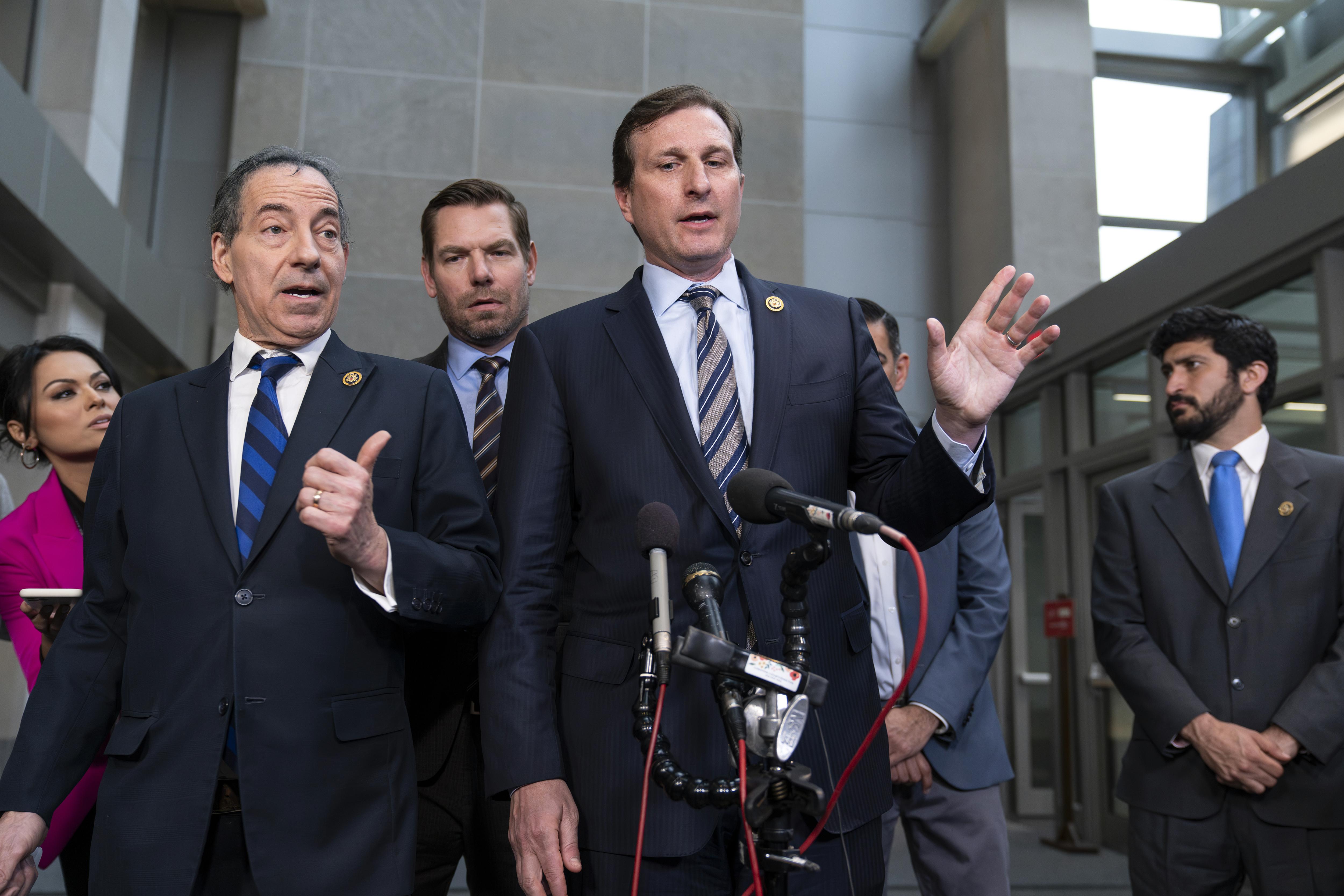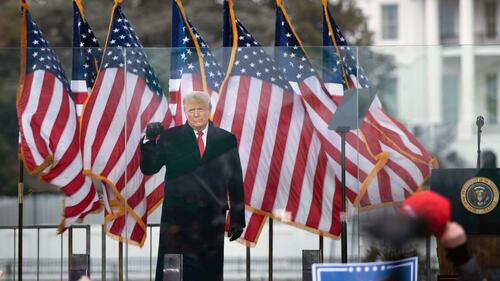With China long established as the world’s factory, the United States has led a push to divert manufacturing and supply chains away from the world’s second-largest economy. In this three-part series, we look at whether the so-called China plus one strategy is working for the world’s manufacturers. Chervon, a Chinese manufacturer of power tools and outdoor power equipment, launched a small factory base in Vietnam three years ago with high hopes for cutting costs.
The plant pumps out 1.5 million tools per year to avoid a 25 per cent tariff that Chervon would pay if it shipped straight from its Nanjing plant in China to the United States, executive deputy general manager Ren Jianjun said. But the 31-year-old firm that draws about two-thirds of its business from the US is making less money from Vietnam than expected, with Ren blaming a 10 per cent rise in raw material costs and a smaller increase in operating costs.

And Ren is not the only Chinese executive to have tried Vietnam to save production costs or as a workaround for US tariffs that went up in 2018 and 2019 as part of Washington’s trade dispute with Beijing. He is also not the only one wondering whether Vietnam returns the promised dividend in the “China plus one” strategy, which seeks to reduce reliance on China as a production base, as companies in Taiwan face a similar situation. “Taiwanese investors are largely making existence the priority,” said Chieh Hao-chuan, a food company operator and represent.



















